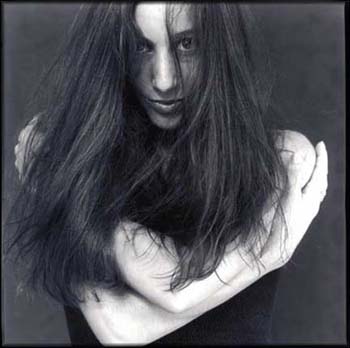
Cassidy's SOCIAL SECURITY offers side splitting laughter
Cassidy Theatre is one of the oldest and strongest community theatres in the area, and they do not disappoint in the uproariously funny, 'SOCIAL SECURITY.' Andrew Bergman's script is not for the prudish - there is plenty of sexual terminology (not innuendo) in this one.
The story is of two adult daughters of widow Sophie. Barbara and David are art gallery owners in Manhattan, very wealthy and happy by all appearances. Her sister Trudy is a housewife who cares for her boring accountant husband Martin and her "difficult" mother in the suburbs. When Trudy and Martin declare they are visiting Barbara and David, which is very rare, they know something is wrong. Apparently, their Trudy and Martin's 18-year-old daughter, away at college, is in a "sexual crisis", described in vulgar detail by the timid Martin, and they need to leave immediately to help her. With mom in the car, they plan to drop her off for three weeks while they "save" their daughter. One thinks that Barbara is going to have a heart attack, as she has not lived with mom in "20 years", as she tells us. From the moment when Sophie noisily enters with her walker, we know that the lives of Barbara and David will never be the same.
What ensues is hilarity. There were times when you could not hear the dialogue as the audience was laughing so hard.
Sophie turns out to be a very interesting character, and Barbara introduces her to Maurice, a 98-year-old painter, who takes a fancy to Sophie. Bergman is a good writer, once crowned "the unknown King of Comedy" by New York Magazine in 1985.
With a good script and good casting by director Dan Harper, this play is great fun.
The set could was very sparse and could be dolled up to look more like a wealthy Manhattan loft, but the quality of the script and the acting far supercede any concern about the set.
Particularly noteworthy are performances by Marcia Mandell as the incorrigible, "dumb as a fox" Sophie, Marybeth Orr as the neurotic Barbara, and Nancy Helmrich as Trudy, as the spartan, guilt filled caretaker, whose facial expressions were well crafted and sparse. Don Krosin as Maurice Koenig, the nearly 100-year-old painter, was charming as ever.
Capsule judgement: In Act II, Sophie says to Barbara, "there is no reason to analyze anything," as she listens to her neurotic daughter's analysis of every little thing. Go see this play, and don't analyze. As Sophie would say, "Just enjoy!"








